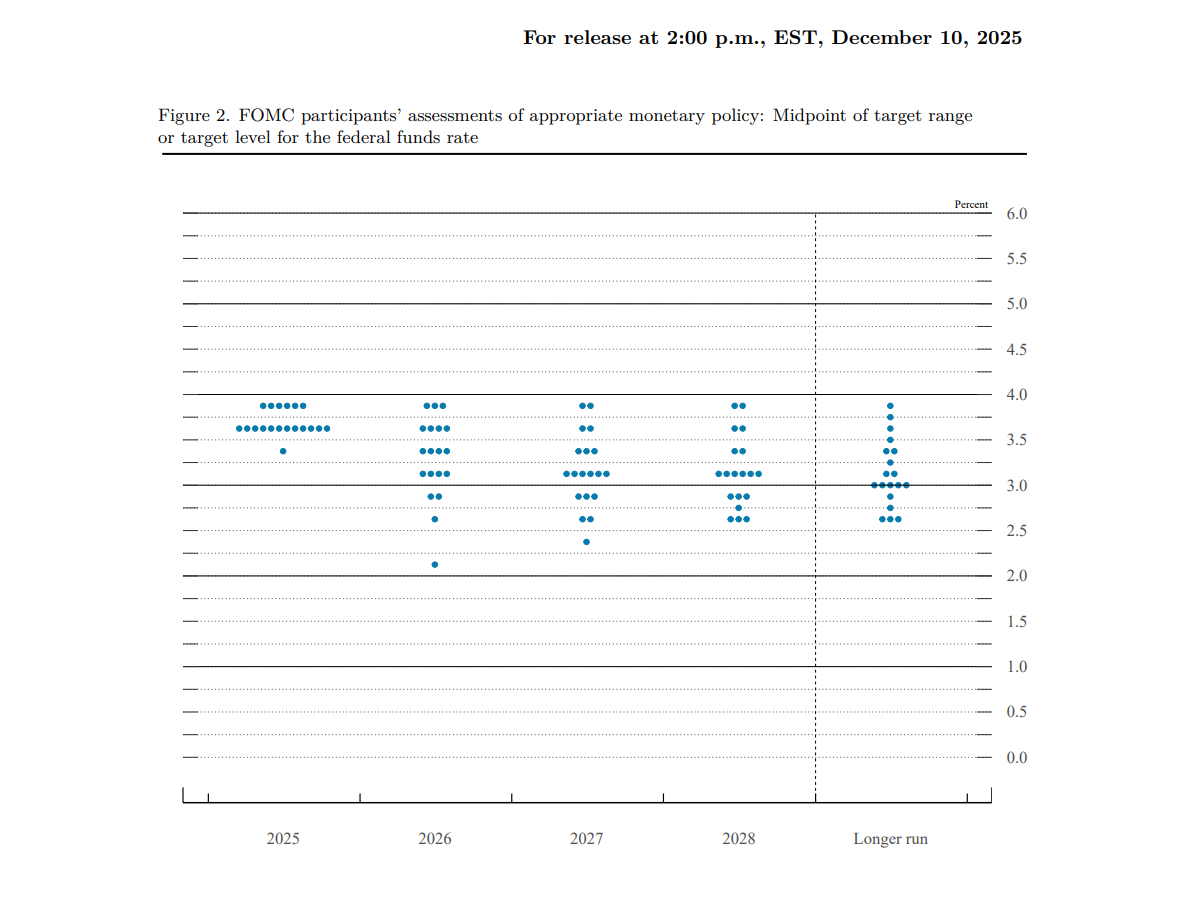- Bitcoin ETF data shows heavy inflows above 30,000 BTC similar to earlier peaks that preceded sharp corrections soon after.
- Analysts note that every major inflow spike in Bitcoin ETFs has been followed by a short term outflow driven reversal.
- Traders now monitor ETF outflow trends as these cycles could define the next support and possible bottom formation phase.
A new chart from IncomeSharks reveals a sharp surge in Bitcoin ETF inflows recorded on October 7, signaling what analysts describe as a key market event. The graph, titled “Total Bitcoin Spot ETF Net Inflow (BTC)”, shows the inflow spike ranking among the largest since early 2024, with inflows surpassing 30,000 BTC on some days.
Historically, such peaks have coincided with local tops in Bitcoin’s market cycle. In both previous instances of strong inflows, similar green spikes were followed by notable corrections. The observation has led traders to anticipate that another major outflow period could follow soon—potentially marking a local bottom in the coming weeks.
The visualization separates green bars for inflows and red bars for outflows, providing a detailed picture of fund behavior across several months. The chart spans from March 2024 through October 2025, covering multiple cycles of buying and selling activity among ETF participants.
Analyst Observations and Historical Context
According to IncomeSharks, the recurring pattern between sharp inflows and subsequent price declines has become too consistent to ignore. The analyst noted, “Both times big green spikes have now marked local tops.” This view suggests that while ETF buying drives short-term optimism, it may also precede profit-taking phases as traders rebalance exposure.
Data reveals that inflow peaks often attract significant retail and institutional activity before profit realization triggers a wave of redemptions. Outflows exceeding 10,000 BTC have historically followed these green surges, as seen in July 2024 and September 2024.
In the latest pattern, October’s green bar nearly mirrors the prior summer’s inflow scale, implying that another corrective phase could emerge. Market participants are now monitoring whether this potential outflow will mirror past declines or mark a deeper structural shift in investor behavior.
The inflow–outflow balance has become a key indicator for short-term market tops. Traders increasingly interpret these metrics as reflections of market sentiment, liquidity strength, and institutional conviction.
Market Implications and the “Local Bottom” Theory
Bitcoin’s ETF flow trends have become central to understanding its price rhythm over the past two years. Large inflows are often viewed as catalysts for temporary euphoria, while the subsequent withdrawals set the stage for new accumulation phases. The latest spike, therefore, has sparked speculation that a corrective downturn could soon establish the next buying zone.
IncomeSharks noted that upcoming “big negative outflow days” could actually mark a local bottom, reinforcing a cyclical pattern in ETF-driven demand. Analysts reviewing the data concur that the largest red bars on the chart—representing outflows between -20,000 BTC and -30,000 BTC—have often aligned with market stabilization points.
If such conditions repeat, traders expect volatility to persist as institutional investors adjust exposure in response to macroeconomic uncertainty and shifting sentiment.
This observation has added new depth to ETF monitoring as a predictive tool for short-term trend reversals. With Bitcoin’s correlation to ETF flows tightening, each inflow or outflow surge carries heightened significance for both retail and institutional investors.
Could ETF Outflows Signal the Next Bitcoin Bottom?
As the market awaits confirmation, a pivotal question emerges: Could the next wave of ETF outflows define Bitcoin’s next major bottom?
The historical rhythm between strong inflows and corrective outflows continues to shape investor expectations, making ETF data one of the most closely watched metrics in crypto analysis.



